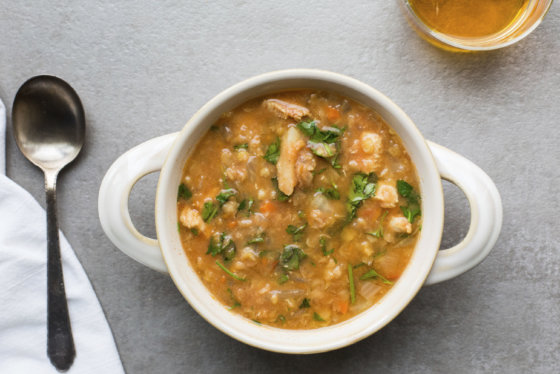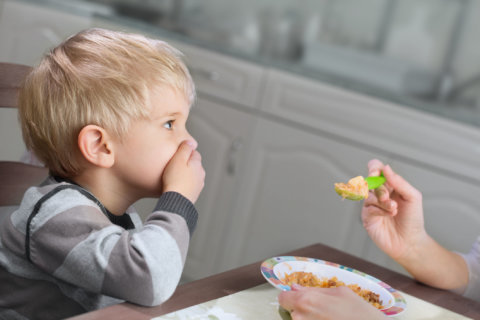WASHINGTON — The American Heart Association recommends children ages 2 to 18 should not consume more than 6 teaspoons of added sugar each day, but studies show kids in the U.S. are taking in more than double that amount.
Recent research even found that some young ones are exceeding these recommended limits before their first birthday.
Where is all this sugar coming from? Dr. Nimali Fernando, pediatrician and founder of the Dr. Yum Project, said often, added sugar is lurking in places where parents least expect.
“A lot of families, I find, are getting into these traps of eating foods that they think are healthy, but (are) actually really high in added sugars,” Fernando said.
Granola bars, protein bars and breakfast bars are commonly thought of as good-for-you, grab-and-go snacks, but some brands contain almost as much sugar as a candy bar.
Yogurt is another culprit. Fernando said on its own, yogurt is a great source of calcium, protein and probiotics, but many of the flavored brands come packed with sugar — especially those marketed toward children.
“A lot of parents tell me their kids love yogurt, and I’m not surprised because most of the flavored yogurts really do have quite a lot of sugar. I kind of consider yogurt to be more like ice cream,” said Fernando, who recommends giving little ones plain yogurt and adding in sliced fruit or even a drizzle of honey for sweetness.
“(That way), you’re controlling the sugar, and you may not add nearly as much as what a food company would add.”
Many parents are unaware of their child’s added sugar intake, and Fernando said that’s because there’s a lot of confusion when it comes to labels.
For starters, health experts set recommendations in teaspoons, and on nutrition panels, the amount of sugar is listed in grams.
But, Fernando has a trick to crack this code: “A good conversion to keep in mind is that there are 4 grams of sugar per teaspoon,” she said.
All translated, this means kids should limit their added sugar intake to 24 grams a day.
Another point of confusion is natural sugars versus added sugars. Fernando said natural sugars are often found in fruits and are less of a health concern, since “a lot of natural sugars can come with fiber, which helps to kind of modulate how quickly they are absorbed by the body.”
She defines added sugar as a sweetening agent added to foods, often processed foods, to “enhance the flavor that wasn’t there naturally.”
Fernando said most food labels list total sugar amounts, and it can be difficult to decipher what’s natural and what’s added. However, the new FDA food labels, expected to roll out by 2020, will be required to list added sugars.
Another interesting thing about sugar? It goes by many names — more than 60, according to Fernando. This can make it hard for consumers to identify if sugar is a prominent ingredient in a food.
“The companies can sort of bury those ingredients farther down the label and make it look like there isn’t nearly as much sugar. When, in fact, if you look at all those different names, there might be quite a lot of sugar,” Fernando said.
Her best piece of advice for parents? Get food-label savvy when it comes to sugar, and teach little ones how to read labels, as well.
“And, have them help you make decisions with you so that there’s some investment and buy-in, and you’re teaching them lifelong habits,” she said.







